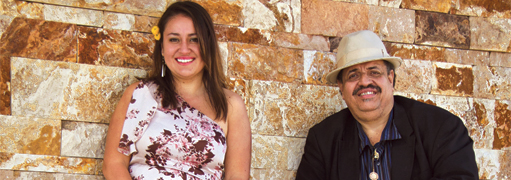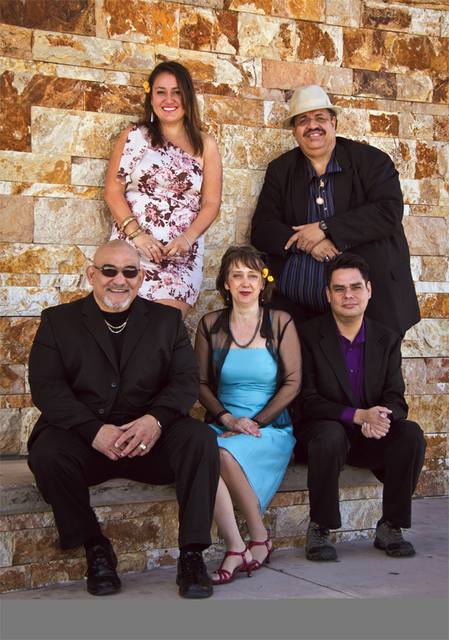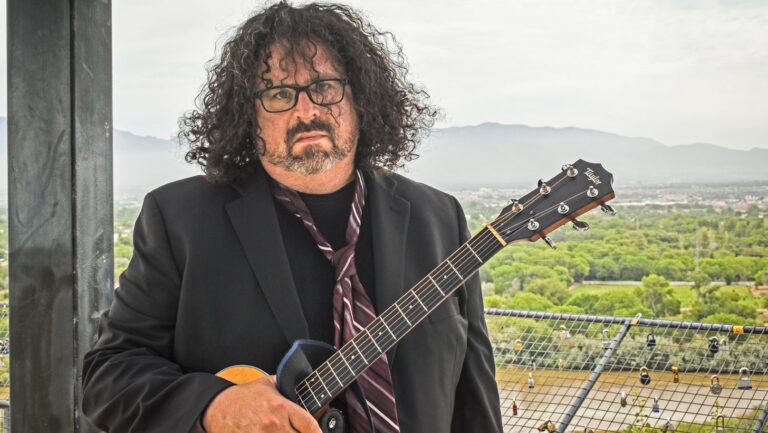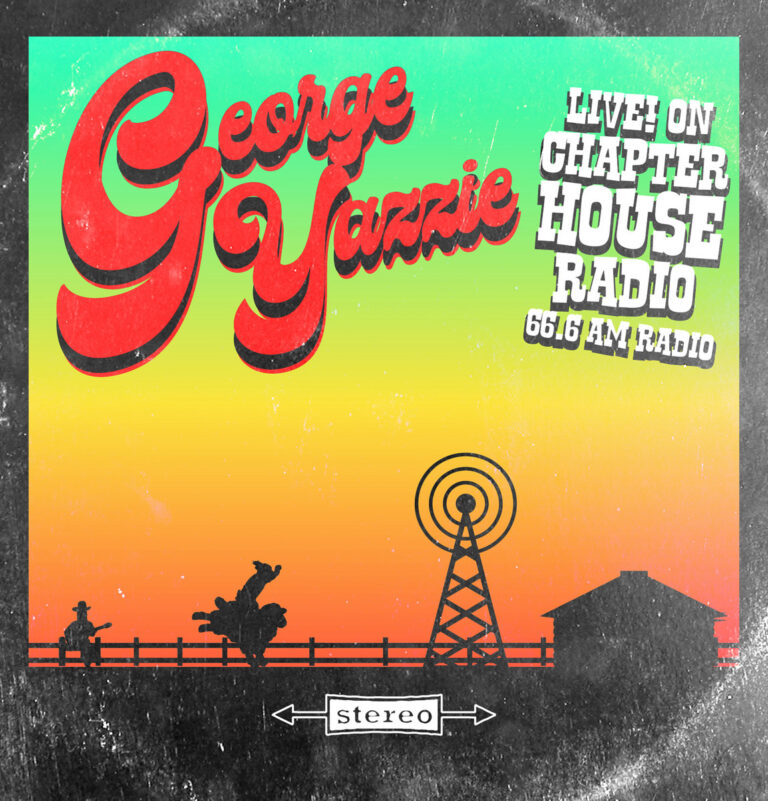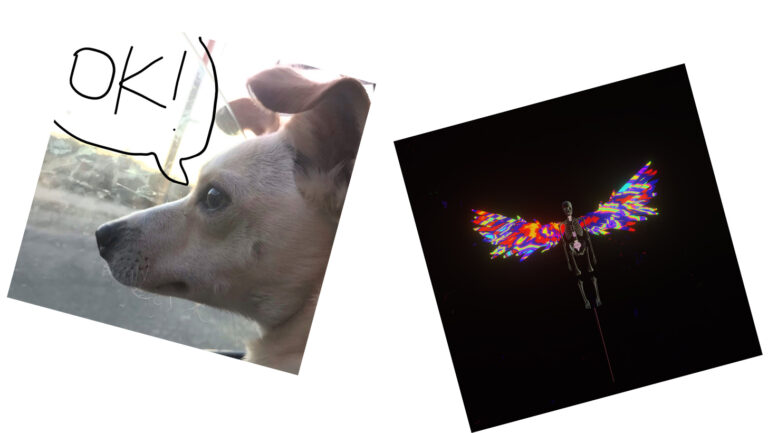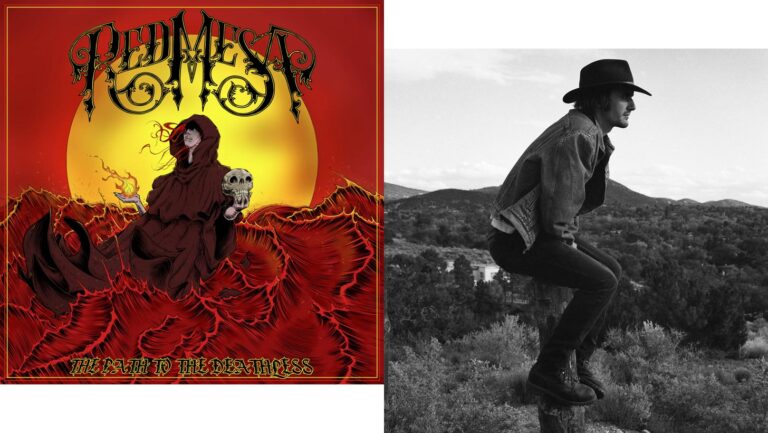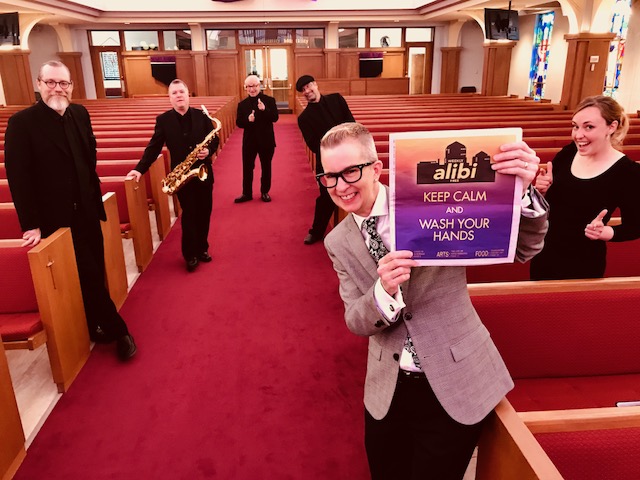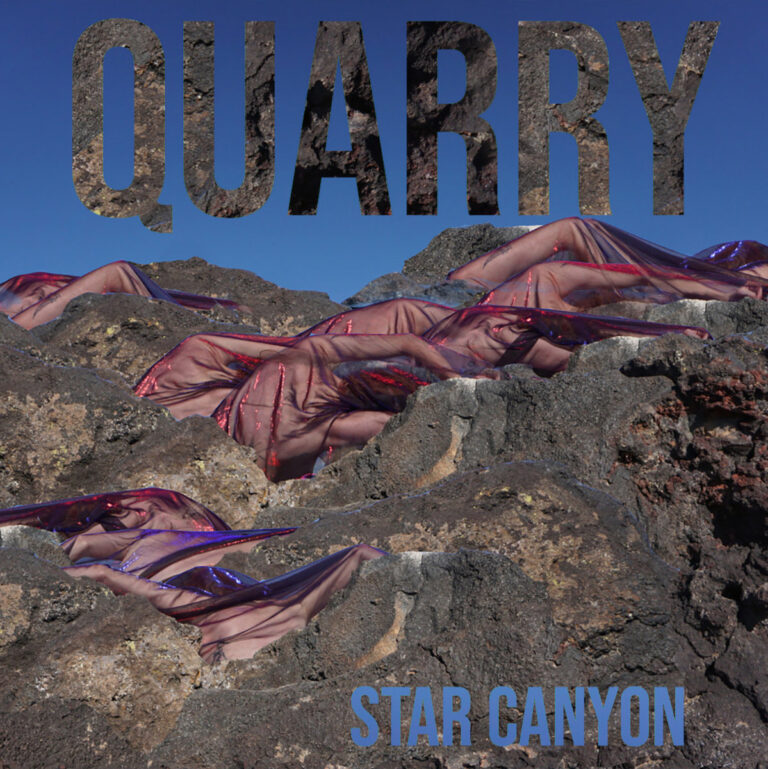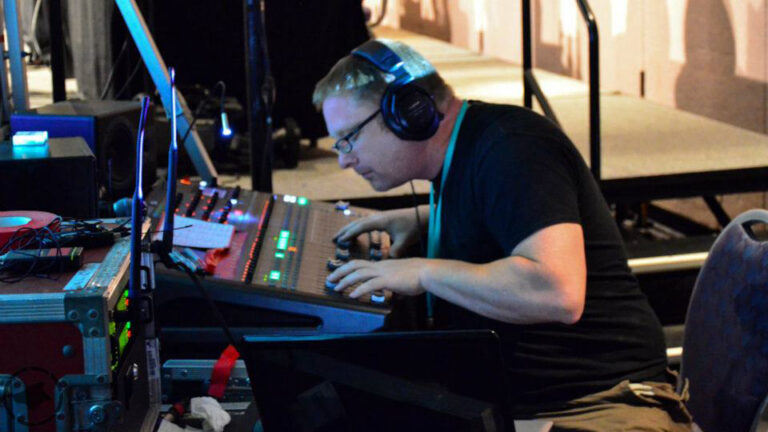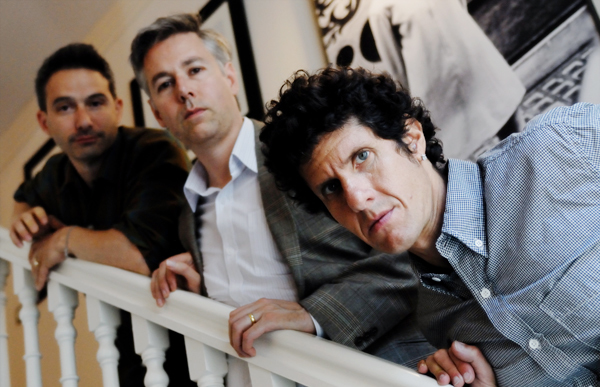Family Connections
The Cuban bolero, which bears no relation to the formal Spanish bolero, was born in the region around Santiago de Cuba, the second-largest city in Cuba, in the late 19 th century. The style was originally developed and performed by unknown people of humble origins. Two voices, backed by two guitars, declaimed lyrics that were either original or taken from poetry. It wasn’t until the ’30s that the first recognized composers and performers of the style, known as trovadores, emerged, the foremost among them being José “Pepe” Sanchez.“I am listening to boleros since I am in my mother’s womb, or maybe before,” says Cuban native Bauvallet. “My father, Daniel, was one of those trovadores from Santiago de Cuba. My father was one of those ones singing from a bar to another one, from a party to another party with a guitar in the hand.”The style spread from Cuba first to Puerto Rico and Mexico, and found a warm reception throughout Latin America, conducting a two-way exchange with the indigenous musical forms it encountered. It even crept into the popular music of Anglo North America. Jimmy Dorsey’s hit “Green Eyes,” for example, reworked the popular bolero “Aquellos Ojos Verdes.” In Peru, Zamora’s native country, the bolero mixed with the creole valses, typically played in a trio format. For her, it is tied to a childhood sentiment. “My father would sing to my mother,” she says. “They danced so beautifully together, and boleros was the one thing they danced to. They danced in the house, anywhere.”Romance and More
While the bolero is most often identified with songs of love or love gone wrong, says Bauvallet, its central theme is more properly identified as the lucha diaria, the daily struggle. “Boleros sing to love, sing to work, sing to everything,” he says.Whatever the subject, though, the essence of the boleros is “the feelings developed inside of every one of them,” Bauvallet adds. In Cuba in the ’40s, the movimiento de filin, the “feeling movement” ( filin is the Hispanicization of “feeling”), moved the bolero into a more intimate style distinct from its declamatory origins.Zamora and Bauvallet plan to present a variety of boleros, with works from many different composers, including, among others, José Antonio Mendez and Manuel Corona (Cuba), Carlos Gardel and Alfredo Le Pera (Argentina), Arturo “Zambo” Cavero and Chabuca Granda (Peru), Armando Manzanero (Mexico), and Ilan Chester (Venezuela).It’s a collection of music interpreted by two exemplary singers with deep roots in the music. As Bauvallet says: “A dedicated boleros concert is something that you don’t find every day.”An Evening of Boleros with César Bauvallet and Jackie Zamora
Friday, March 16, 7:30 p.m. Outpost Performance Space 210 Yale SE Tickets: $15, $10 seniors and students268-0044, outpostspace.org